The expansion of the American West is a very important piece of America's history and culture. You may have played cowboys and Indians with your friends at school or dressed up as a cowboy or cowgirl for Halloween. The impact of the western pioneers can still be felt today.
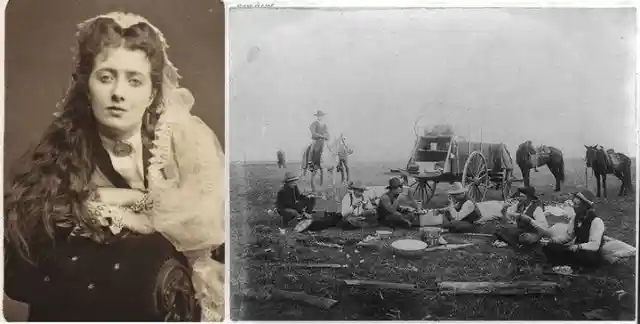
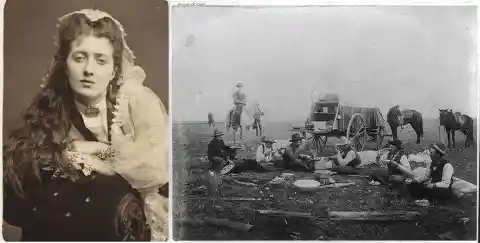
When we think of the Wild West, we usually assume that the habits of the people living there would have reflected the standards of hygiene typical of the modern Victorian. However, when it came to washing, our ancestors were about as rough as the terrain they rode over. So here are some things you might not have known about the hygiene habits of pioneers.
Chewing Tobacco Was Unsightly
Tobacco has been used for many purposes throughout history. In addition to its pacifying but addictive properties, chewing tobacco was also commonly used by farmers who chewed it to help dispel the dryness of their mouths while they worked in the fields.
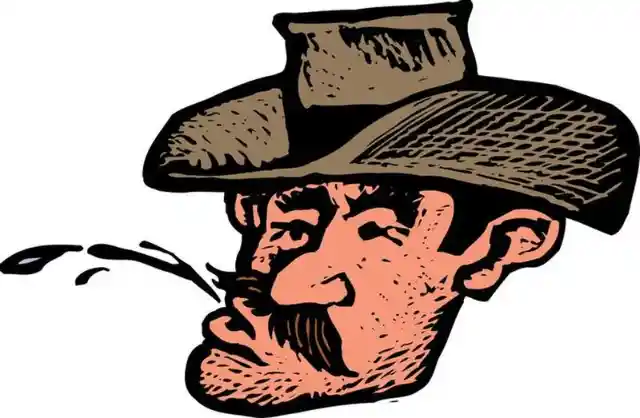
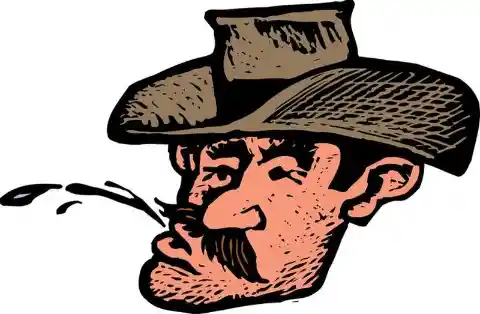
Spittoons could be seen in bars, pubs, stores, and banks during their peak in popularity at the turn of the 19th century. Originally made from porcelain, they were later fashioned from metal and glass. They were certainly unsightly, even during their heyday, and they have been somewhat rehabilitated in modern times by antique dealers who find beauty in their sculptural qualities.
Rough Riding, Rough Resting
Imagine sleeping on a straw-and-hay bed with no frame—an arrangement we think would be less than comfortable after a long day of riding. But in those days, folks were not concerned about the lack of comfort or hygienic issues—it was better than sleeping on the cold ground.
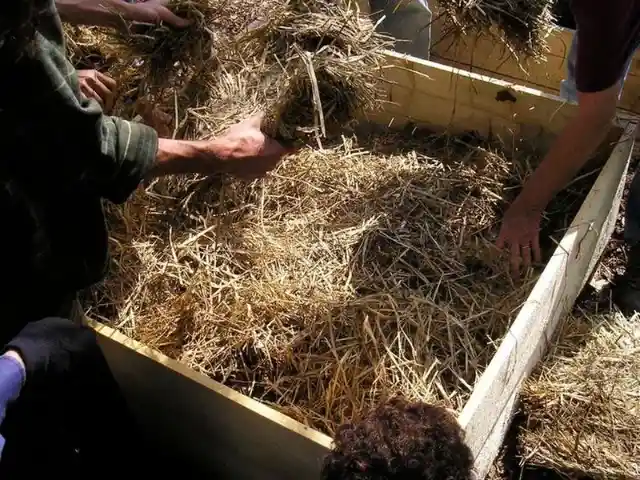
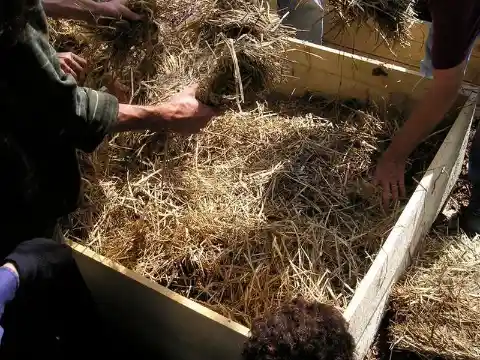
Keeping up with daily hygiene was a challenge. The possibility of changing straw bedding as often as needed just wasn’t feasible. That meant it was common to see bugs or lice in straw beds, and worse, straw beds emit mold and dust that can compromise a respiratory system.
The Making of Soap
Nowadays, you can buy a variety of different soaps at the grocery store—from brands like Aveeno and Dial to Dove and Olay; the list goes on! Of course, back then, people didn't have as much choice as we have today, but that doesn't mean that soap wasn't used.
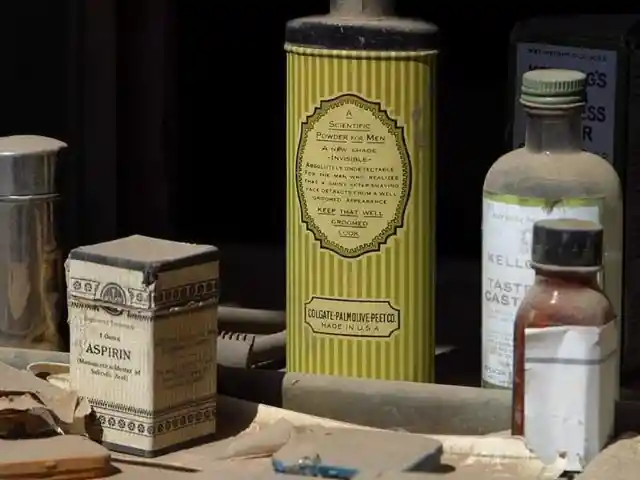
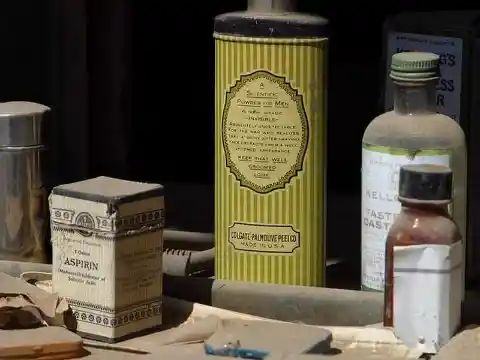
During the late 1800s, however, soap was a much simpler product. Most soaps were made by boiling fat with lye and herbs in water, although some were made from just fat and lye. People in the Southwest used to make soap lathery by drying out the leaves of “Soap Plant,” also known as Chlorogalum pomeridianum, or “amole.”
Porcelain Skin was the Standard of Beauty
Many of us are eager for summer weather and look forward to spending our days at the beach or by the pool, getting a tan, and showing off our bronzed bodies. But that was not the case back in the day. Traditionally, women liked to present themselves as pale-skinned beauties.
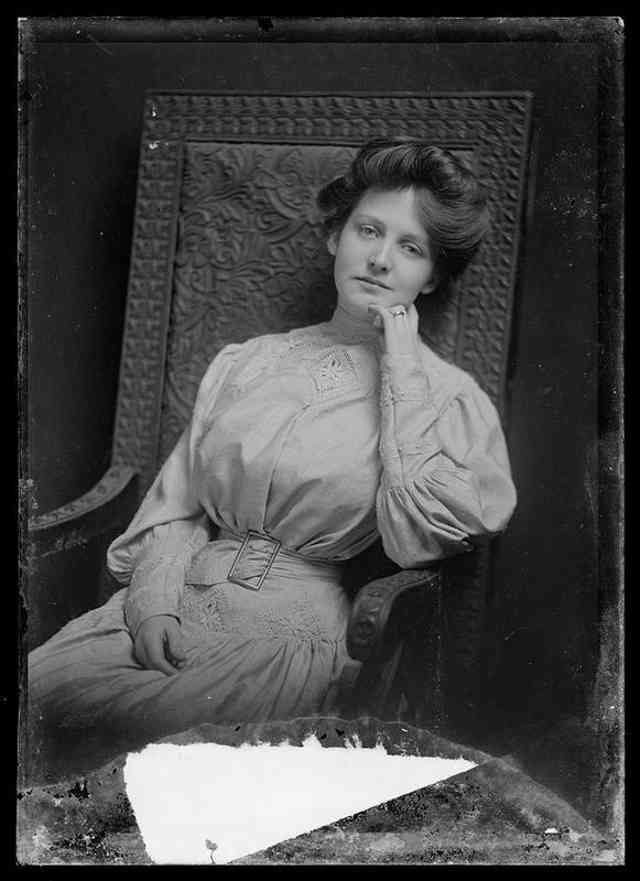
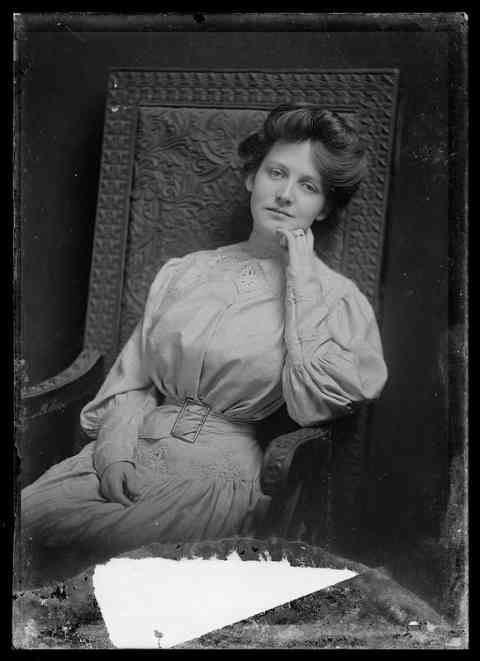
In the years following the Industrial Revolution, women began to take steps to protect their skin from the sun and sought out to work indoors instead. They tried to cover their skin with clothing that hid most of their bodies and avoided getting a suntan.
Clean Drinking Water Was a Luxury
The need for sustaining clean water began in the early 1800s during the expansion of the United States to the western region. By that time, adequate irrigation and filtering systems for water existed. Yet transporting these systems to uncharted territory was difficult.
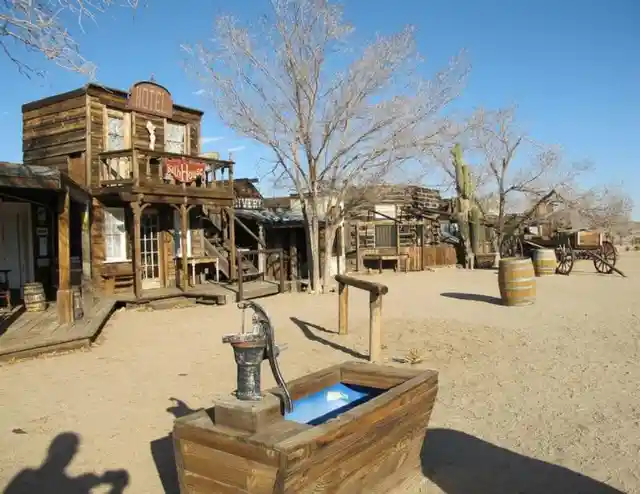
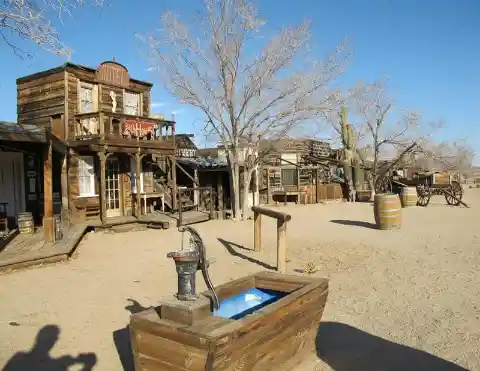
The western regions had ample mountain streams and rivers for fresh, clean water; however, the desert states required a new solution to their water needs. Catching rainwater was one option during the rainy seasons, but it wasn’t an ideal long-term solution.
Dust Storms Were a Big Problem
The biggest problem the early settlers of the American West had with keeping themselves clean was that they lived in dusty, windy desert lands. During dust storms, stronger winds blew, meaning that more sand was blown all over the place.
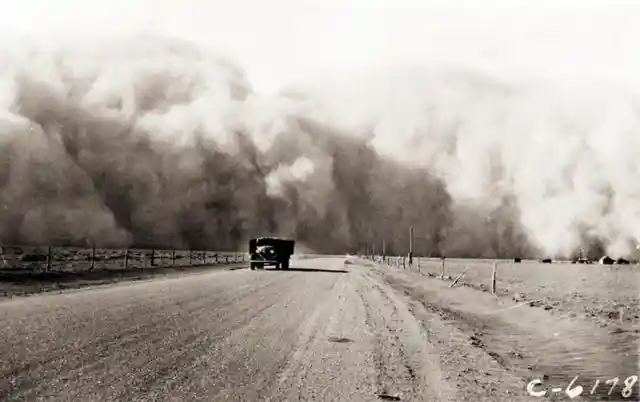
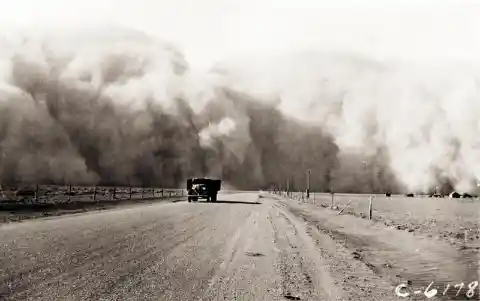
Because of this, they were careful to make sure their faces and bodies were covered from dust—especially since they could contract respiratory diseases or suffer other health issues if they inhaled too much sand or got any in their eyes. Yikes!
Toilet Papers Weren’t A Thing
The history of personal hygiene is a long and storied one. The first toilets were nothing more than small wooden sheds built to cover openings into shallow pits. Perhaps one of the most difficult aspects of using these primitive toilets was that they didn't have any privacy.
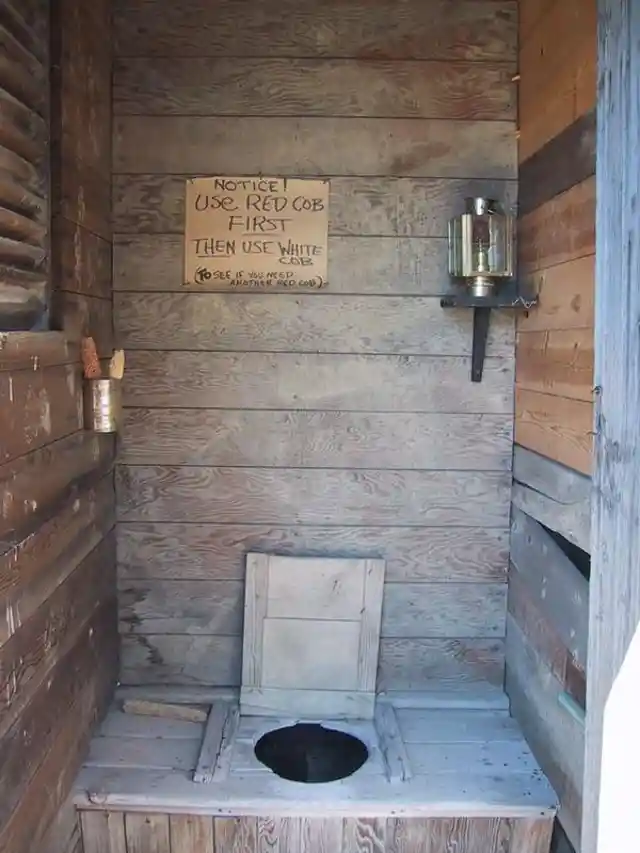
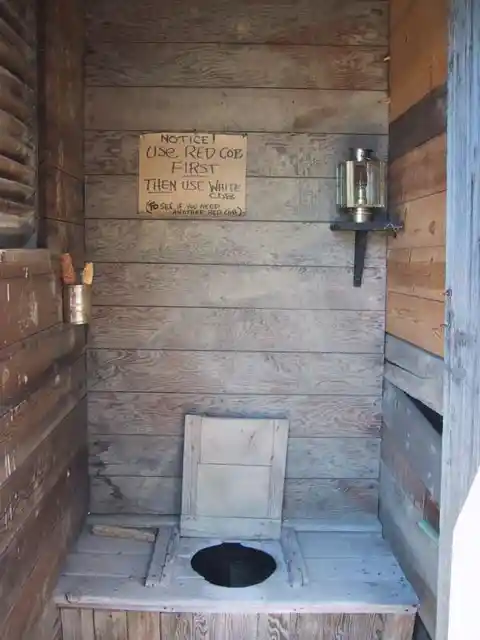
And not only were the outhouses dirty and bug-ridden, what’s worse is that it took many years for toilet paper to become a popular commodity in the Western world. Thus people were left to use leaves, corn cobs, and grass instead.
A unique Way of Washing Hair
Nowadays, most people have experienced that great feeling of freshly washed hair. With a little shampoo and conditioner, you can get fresh feeling hair that smells amazing. Now, imagine being out in the sun all day. You're hot and sweaty, and your hair is sticky and messy. Not the most comfortable feeling, right?
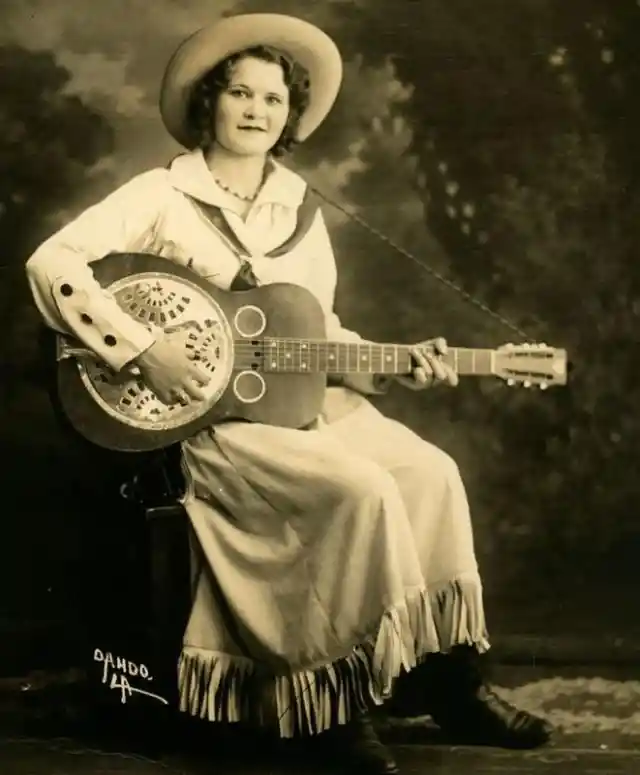
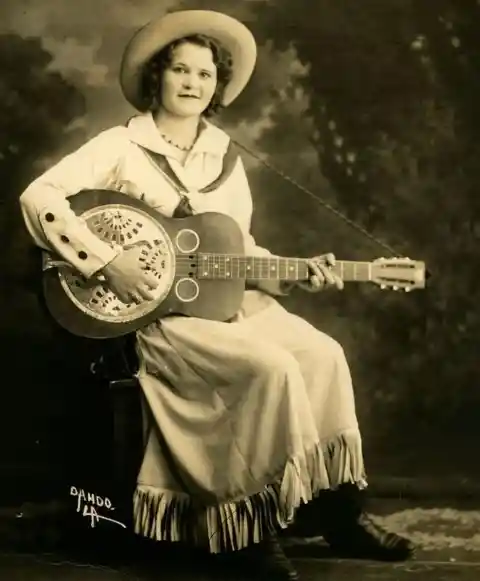
Well, in the wild west, this was a daily reality for both men and women. Back then, people used a scentless bar of soap made from lye and lard to wash their hair. Others cleaned their hair using whiskey mixed with castor oil! Some women even used heated pencils as curlers to style their hair.
Bathing Was A Rarity
Women of the old west were cleaner and more hygienic than men. In the Wild West era, water was a rare commodity in most places, so people didn’t get to bathe very often. Some people didn't wash more than once a week!
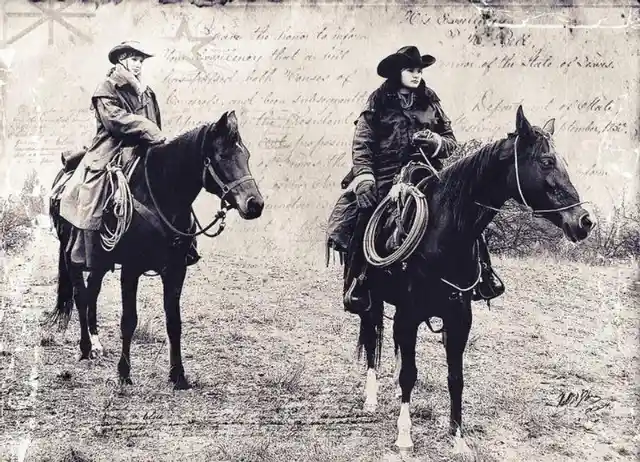
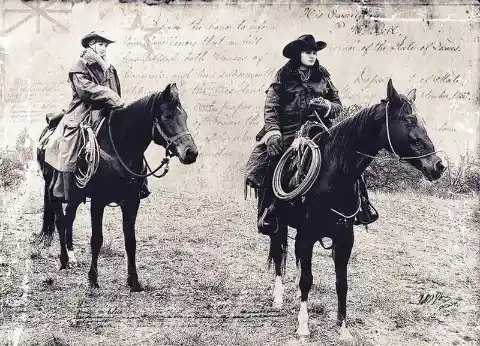
Women did work like cooking and cleaning at home, where they were mostly shielded from the dust and the sun, unlike men, who did outdoor jobs in the fields or on the road, where they were constantly at risk of dust-borne illnesses.
The Rotgut Joints
Throughout history, drinkers have often believed alcohol to be one part of medicinal concoction and one part sanitizer. However, early saloons didn’t practice such cleanliness. They weren’t even called “saloons” in the beginning. They were just makeshift structures that housed poor-quality liquors.
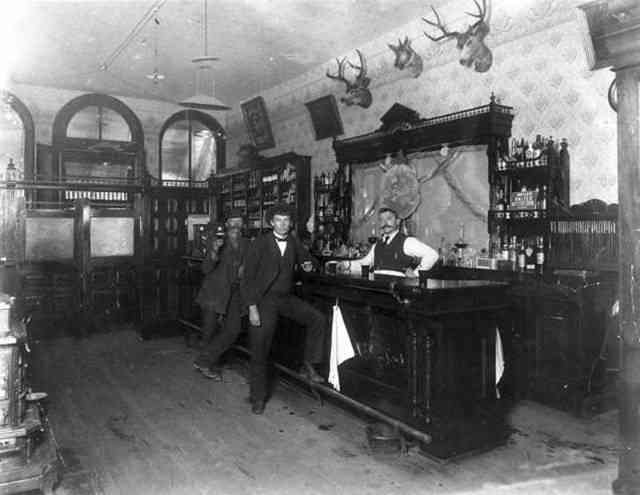
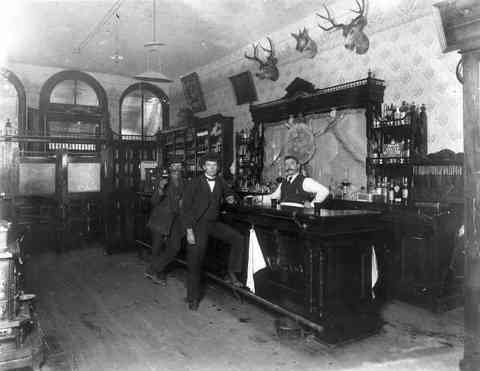
The alcohol they served was low-quality, which earned them the nickname "rotgut." Though bars often had towels hanging over their railings, they were not there to dry off their customers’ hands after a wash. Instead, these towels were used to wipe beer off of men's beards.
Long Hair, Long Travels
In recent years, men have been growing out their hair and cultivating beards and even mustaches. Frontiersmen and cowboys preferred to groom themselves at every opportunity. As soon as they arrived in a new city, they always cleaned themselves up with a shave and a haircut. You know what they say, "A clean-shaved man is a well-groomed man."
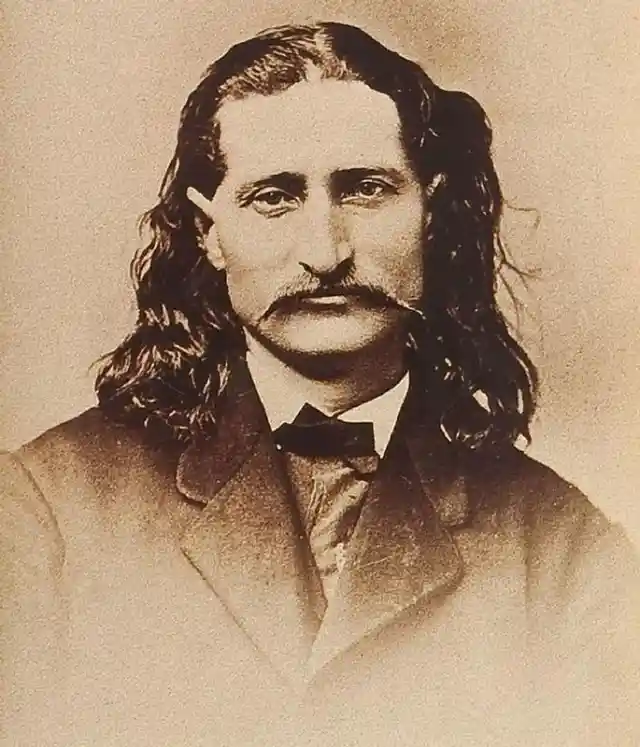
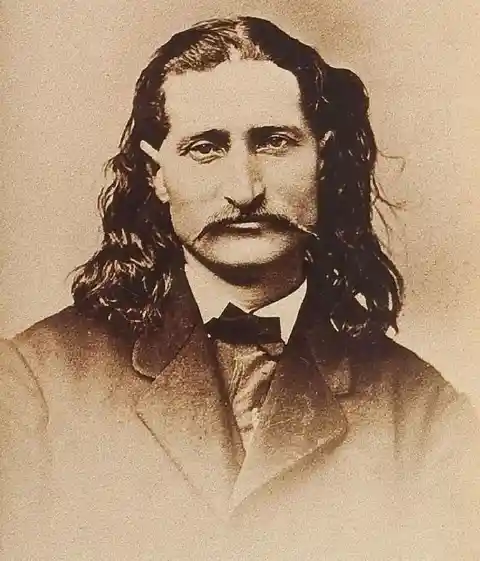
However, early American settlers were unable to care for their hair in the wilderness. Consequently, their hair grew long. The length of one's hair was a good indication of how much time someone had spent traveling and exploring, and thus, how far they had journeyed.
The Conditions Weren’t Always Great
Those who set out to expand the nation westward did so to improve their lot in life. However, they were heading into a world of unknown diseases. The bacteria and viruses they brought from the old country mingled with diseases from the new world.
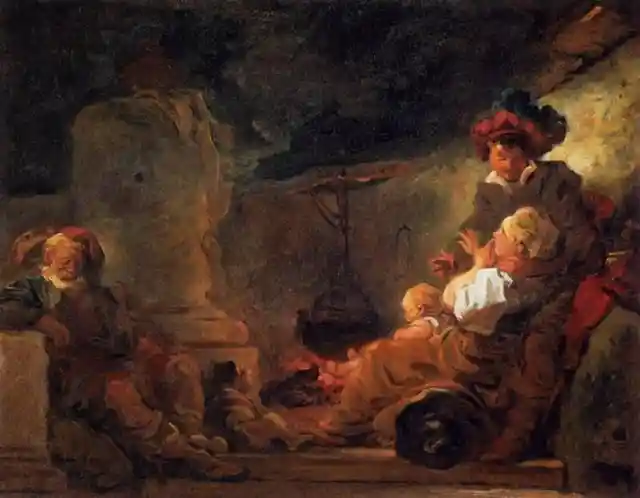
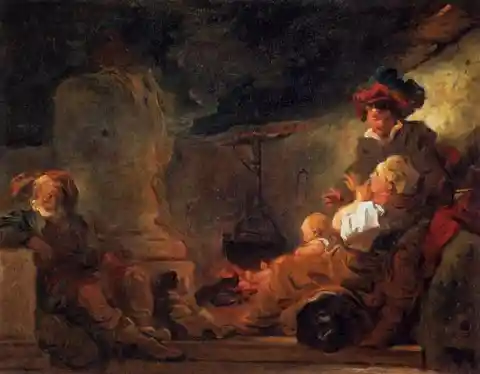
In addition, many were inadequately treated due to a lack of proper medical care and expertise. Many of these pioneering frontiersmen passed away from a number of diseases ranging from influenza to measles and tuberculosis.
The Real Purpose of Bandanas
In addition to boots and the Stetson hat, cowboys and cowgirls know that the bandana is an indispensable part of the outfit. While its use as a fashion statement dates back to the nineteenth century, there is a practical reason why American Western pioneers wore them.
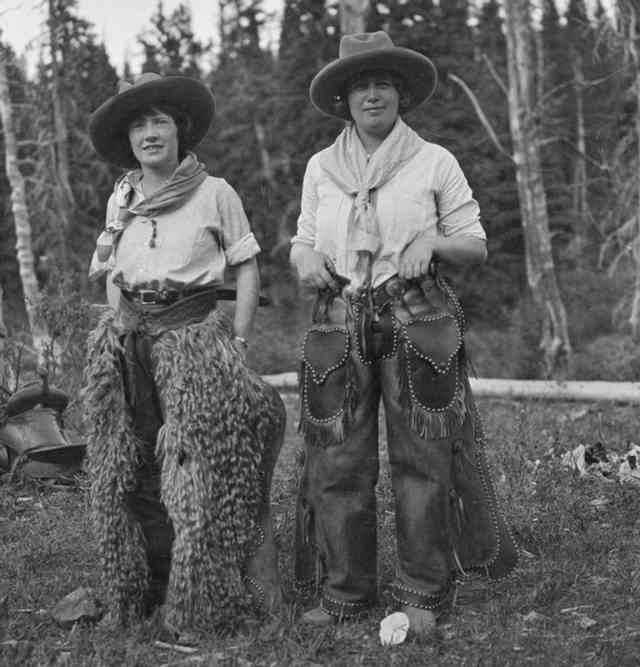
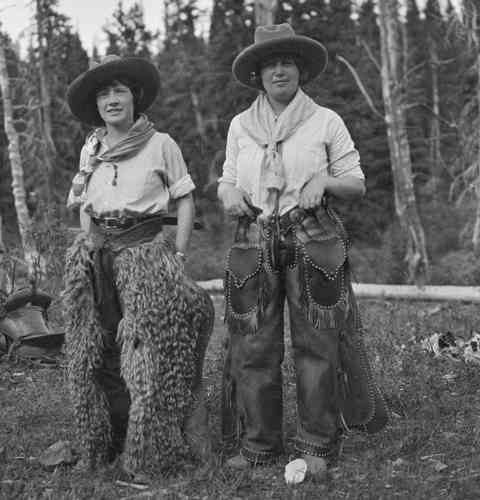
It’s a fact of the Wild West that cowboys would use kerchiefs. This was so that they could guard their noses and mouths from the dry, dusty winds of the American Southwest, as well as to protect themselves from the desert sun.
The Clean-Cut Look
We’ve talked about how the length of a pioneer's hair reflected the length of the journeys they’d taken. But as technology and appliances evolved over time, hairstyles and hygiene products evolved along with them.
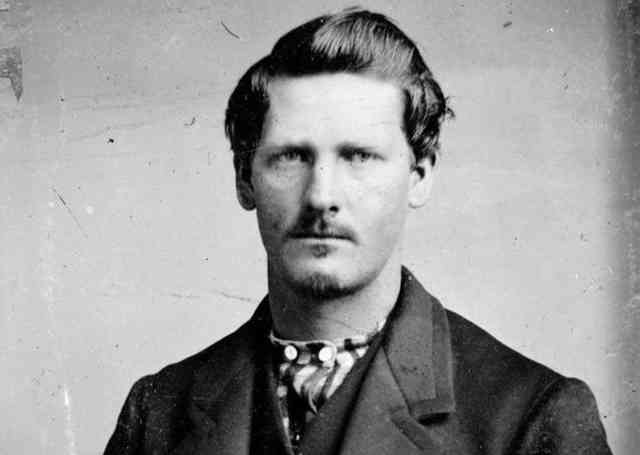
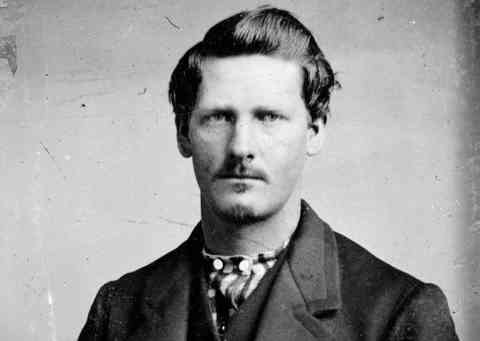
As more self-grooming products became available, men realized that it was important to clean their hair and that having long, unkempt hair could be risky. Soon enough, longer styles went out of fashion, and clean-shaven faces and short hairstyles became the norm.
Whiskey as Anesthesia?
Due to a shortage of water, people in the past didn't brush their teeth much and didn't have that many dental products. Although there were quite a few dentists around, pulling a tooth out yourself was a common way to fix a toothache.
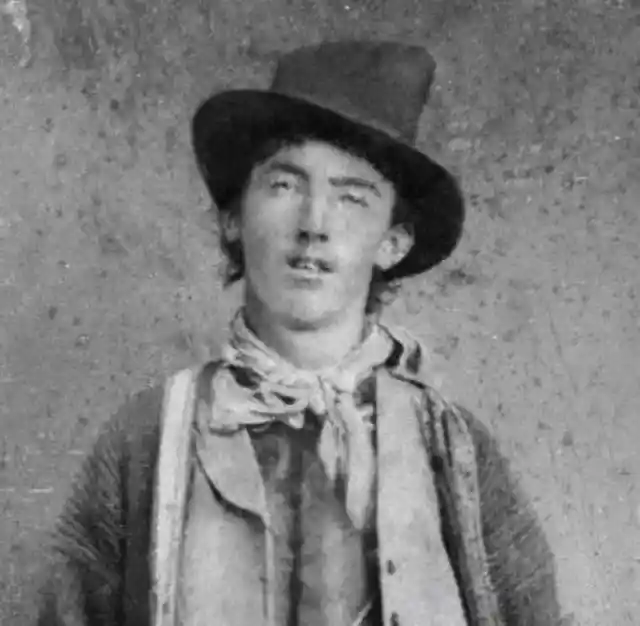
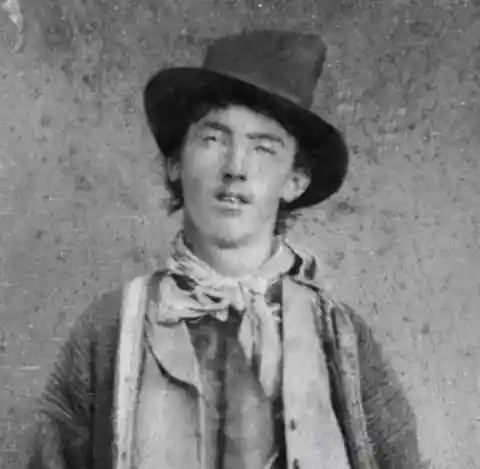
Not only that, but people had to make their own toothpaste. It was a very “do it yourself” society. Just imagine having a barber or blacksmith pull out your tooth with pliers! Whiskey was sometimes used to numb the pain of surgery since anesthetics were not yet available.
Frequent Showers
The people of the American West were wary of bathing too frequently, as they feared it would make them ill. Their reasoning was that if one were “too clean,” their pores would be “too open,” and bacteria could get in. Since getting uncontaminated water was difficult, many pioneers avoided showering and bathing altogether.
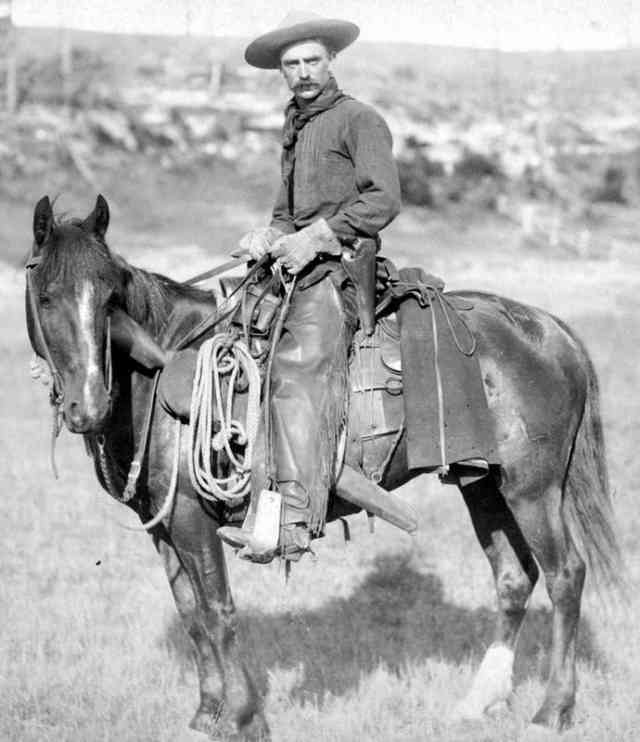
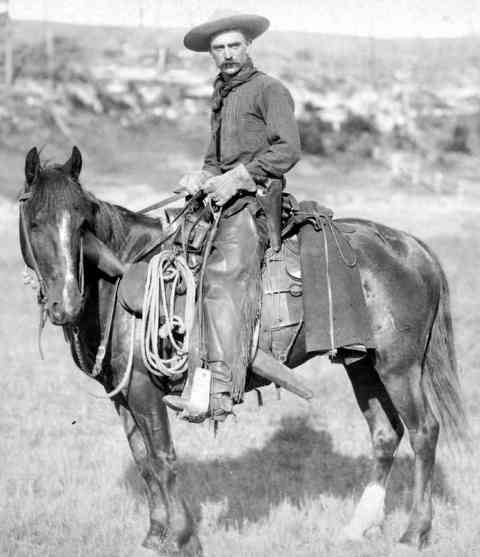
People used to go without bathing, but not showering led to fungal infections. Unfortunately, the cowboys of the time didn't learn this the easy way—they learned that not showering caused problems only after they got infected.
Cowboys and Their Smelly Pony Pals
Horseback riding was a popular form of transportation on the old western frontier. Men would saddle their horses and then ride them for days at a time. What makes these travelers seem so romantic to us now is that they were known for being pros at horseback riding.
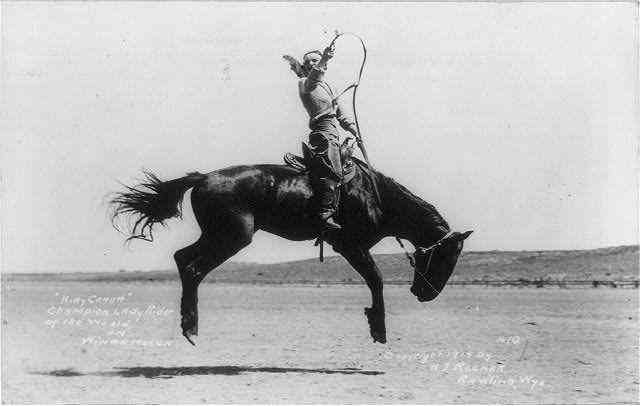
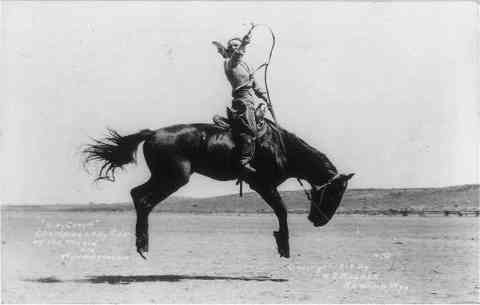
Unfortunately, the combination of long travel times and unsanitary conditions while riding these majestic creatures led to many cases of chafing and saddle sores. If cowboys didn’t bathe, then their horses probably didn’t, either. So when cowboys strutted into town after a long trip, it meant that they probably smelled awful.
Strong Drinks for Strong Men
In the old days, cowboys didn’t have many pastimes. Instead, they spent most of their free time at the saloon. The most popular drink in those days was whiskey, a mixture of burnt sugar, alcohol, and chewing tobacco.
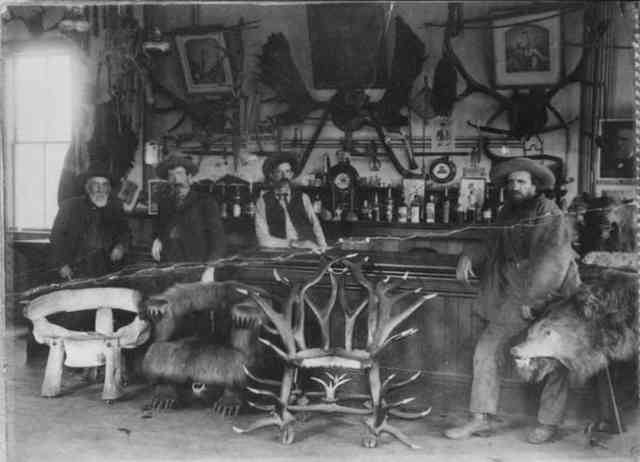
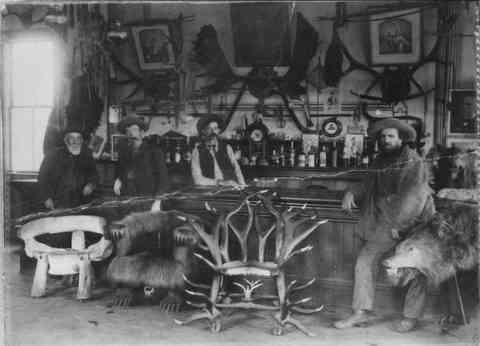
This powerful drink often led to fights—it made people feel so bombastic that they would become inclined to take unnecessary risks, such as knocking another man in the teeth. Another favorite was “cactus wine,” made from tequila and peyote tea. Both drinks were potent, and as such, caused a lot of fights and even deaths.
Their Meals Were Simple
During the California Gold Rush, pork and beans were staple foods out on the frontier. The fact is, during the Wild West Era, most meals were simple as food was scarce. This was because it would have been hard to get nutritional supplies before the railroads were built.
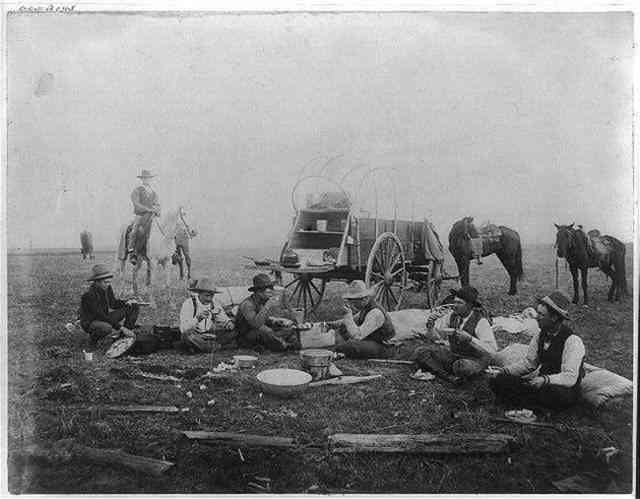
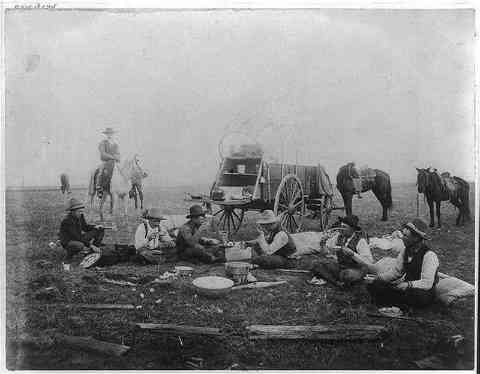
As train tracks were being laid, food supplies were hard to come by. Most settlers hunted for their food rather than waiting around. When settlements became more established, more food products became available, which allowed them to eat a wider variety of meals.
The Rocky Mountain State of Colorado
From the convenience and comfort of our showers today to the health benefits of a scented bath—bathing has evolved over time. The pioneers of Colorado found inventive ways to pamper themselves, regardless of whether it was considered a luxury or not.
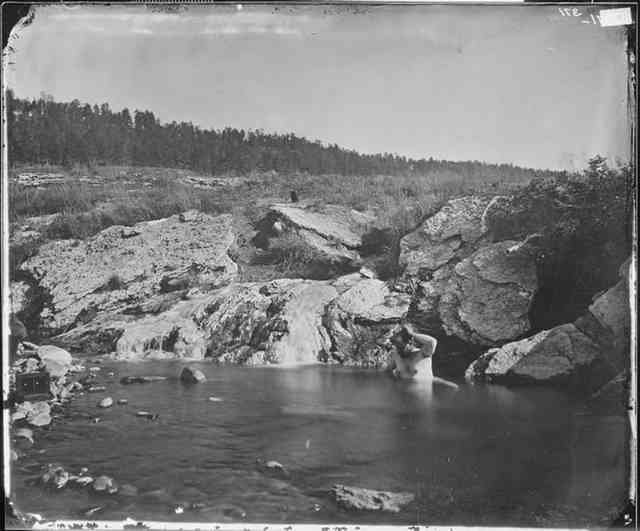
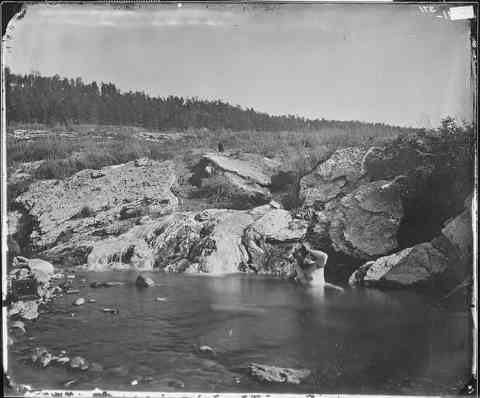
One way they enjoyed themselves was through the therapeutic power of Colorado's hot springs. The early settlers were the first to discover Pagosa Springs, where they would come to relax in the healing waters. They even believed that the hot springs could be used to cure different health ailments!
The Healing Properties of Arkansas Spring
As mentioned above, the pioneers believed that hot springs had special healing properties which could be used to cure or treat various diseases and illnesses. The Hot Springs in Arkansas is one example of such a place that was used for this purpose.
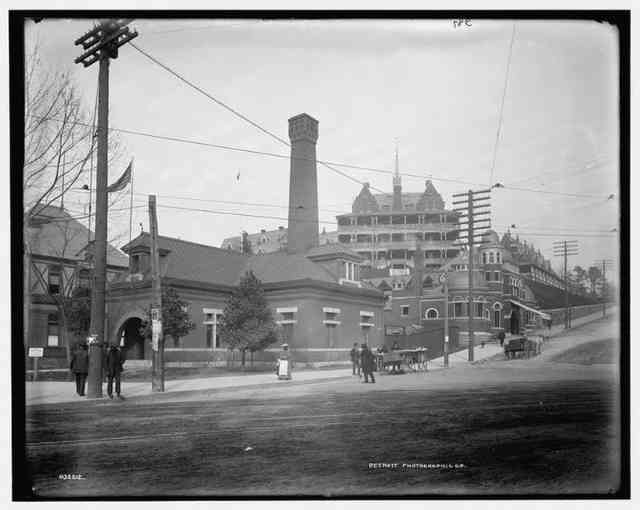
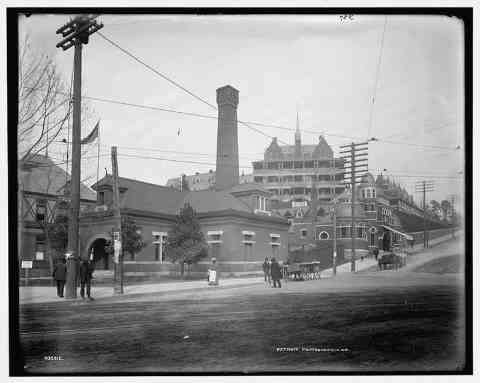
Nowadays, we have creams, pills, and treatment plans for joint and muscle issues. But back in the 19th century, American and European medical professionals would send their patients to visit and soak in these hot springs for ailments such as back pain and joint inflammation. People would travel thousands of miles just to get a piece of the action from these “medicinal” waters.
Special Concoctions As Cures
People living on the American frontier at the turn of the 19th century lacked many of the modern medicines that we consider commonplace today, such as antibiotics and painkillers. As a result, people who lived during this time period suffered from many illnesses that we can now treat with modern medicine.
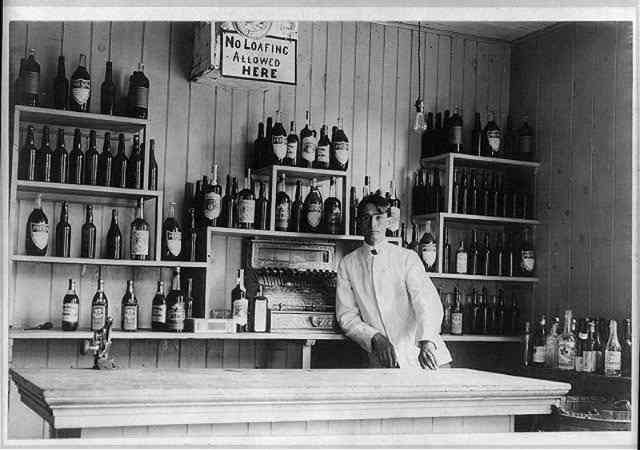
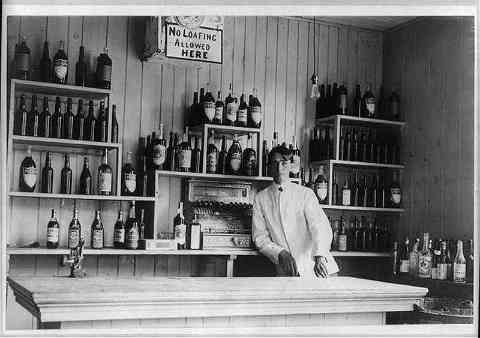
Back in those days, people would use specific cocktails and elixirs as medicine. For example, brandy was a favorite liquor used for medicinal or sedative purposes. Fun fact: they even gave their concoctions wacky names, such as Coffin Varnish or Tarantula Juice!
Prized Minerals for a Secure Future
When you think of the wild west, you might imagine gunfights between sheriffs and rustler outlaws. However, a significant feature of this era was the discovery of minerals and metals found in the beautiful western mountains—after all, American expansion into the west was driven by the search for gold.
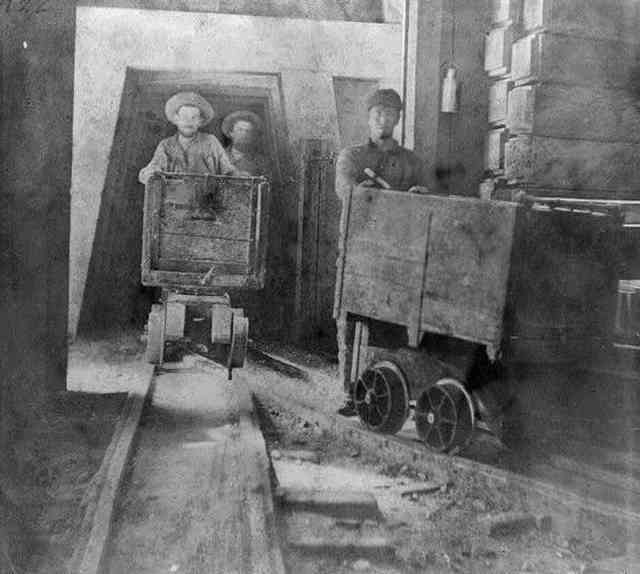
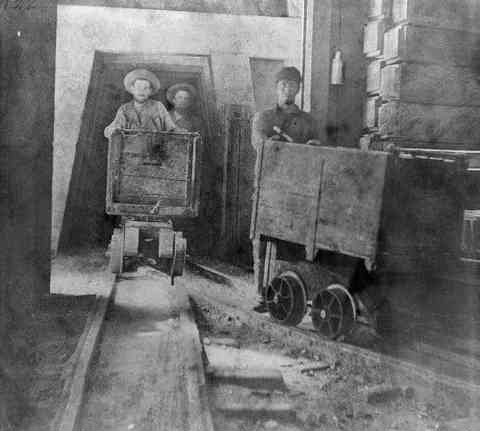
But gold wasn't the only precious metal discovered during this time. Many other valuable minerals and metals, including brass, bronze, coal, copper, iron, silver, and more, were also found in western states! These metals are even used today for medical equipment and hygiene products.
The Sin City
There’s one thing many people turn to when they need a break from the everyday monotony of life, and that’s gambling. If you’re tired of reality and want to experience another world for a while, then you might want to hop on a plane to Las Vegas, Nevada.
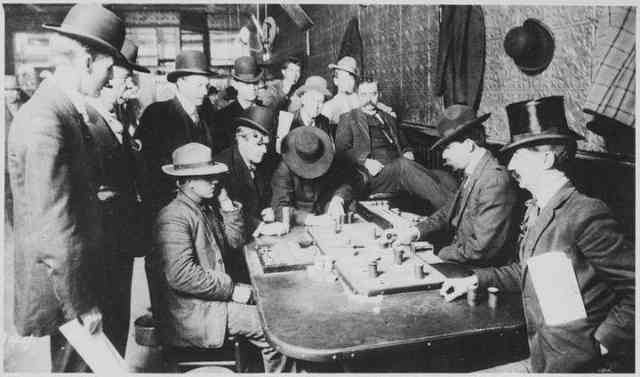
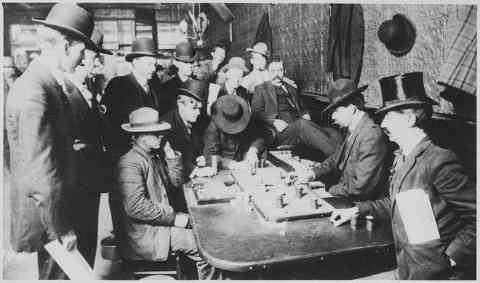
There you’ll find all kinds of casinos and all the thrill you need. But have you ever wondered why this city is famous for gambling? It’s a nationwide tradition! For decades, American pioneers would go to Las Vegas for their three Ws—whiskey, wagering, and—well, they had another word for it—but let’s just say “women” for politeness’ sake.
The Wild West Way of Emotional Healing
While we know a lot about the physical health of the pioneers, we don’t know much about their emotional and mental health. Did the western American cowboy have any special rituals or ceremonies that might have given him an edge over their Native American counterparts when it came to healing from illnesses or connecting with otherworldly spirits?
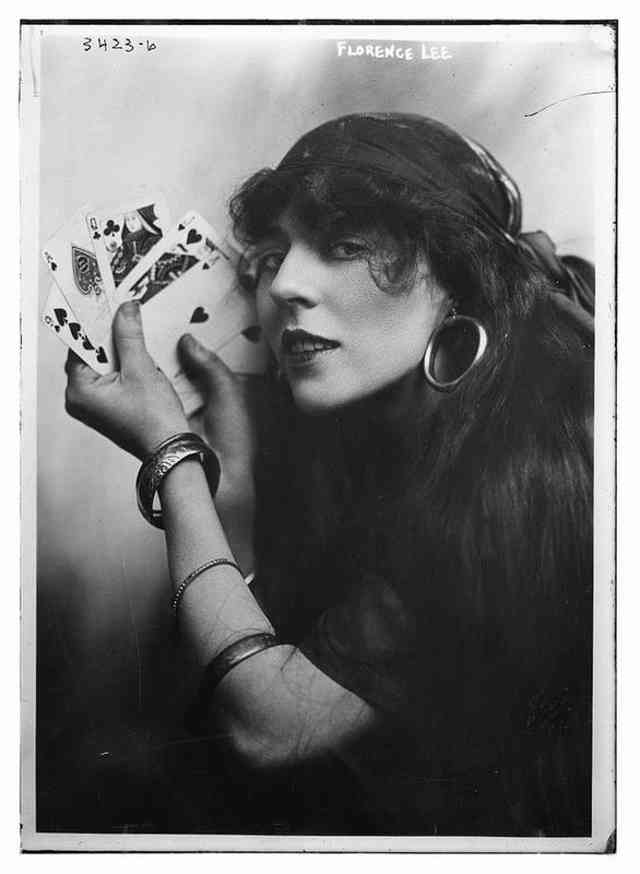
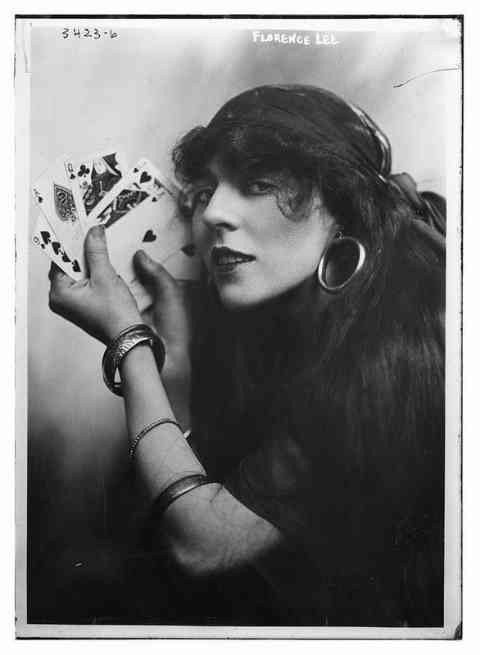
Actually, yes. The colorful characters who populated the Old West did believe in and practiced a wide variety of superstitious activities, including fortune-telling. Gypsies from Europe, who immigrated to the United States during the 1800s, continued practicing their mystical fortune-telling traditions.
The Wild West Entertainment
People like to have fun in different ways. Some like to gamble or play sports, while others find pleasure in fashion or going to concerts. Many of us save up our money for things we really want, like tickets to see our favorite band play live.
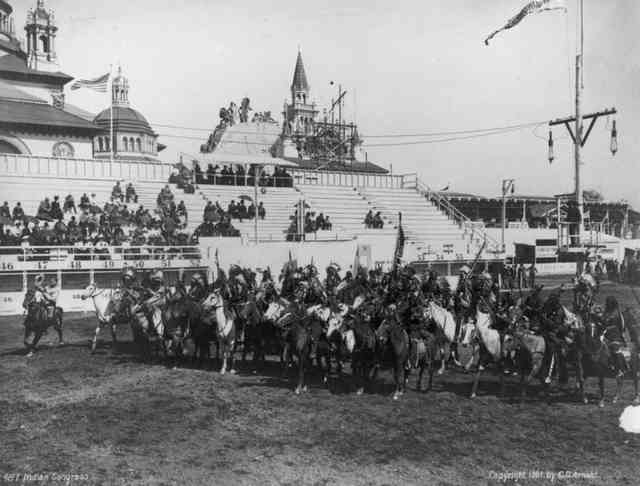
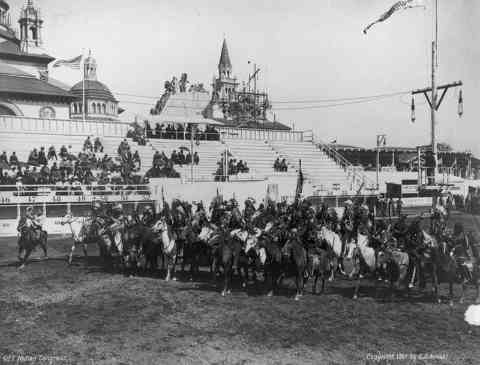
Back around the mid-1800s, Buffalo Bill’s Wild West Show was one of the most exciting shows around! Every year, this west coast theatrical tour stopped by towns around the country. Its attractions included fun cowboy tricks, a rodeo show, and of course, frontiersman Buffalo Bill himself.
The Wild Side of the West
Why was the West so wild? The uncharted territories, for the most part. It was the mystery of these great American landmarks that inspired some of history's greatest pioneers, such as the Wheeler Survey Group.
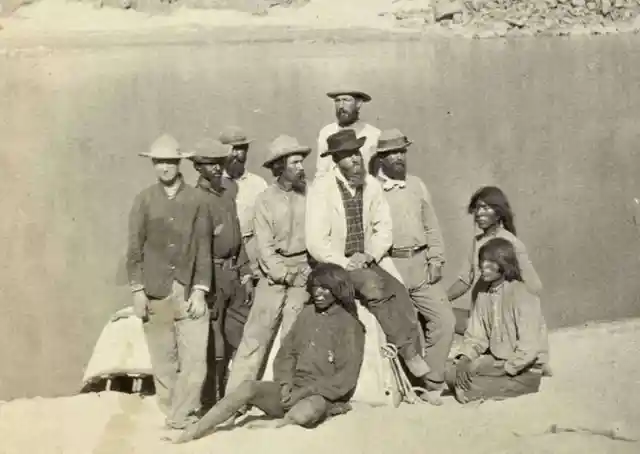
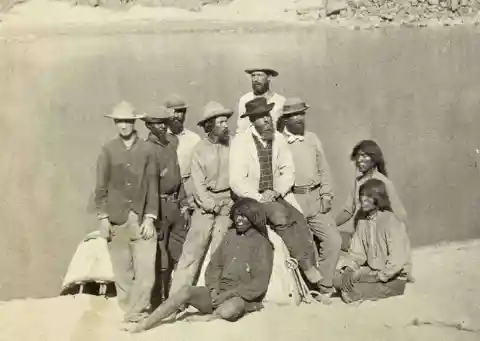
When Captain George Montague Wheeler led a group of explorers from 1869 to 1879, they discovered the Wheeler Geologic Area of Colorado and the Wheeler Peak in Nevada. Their purpose was to create topographic maps, wildlife documentation, and other records that are still used today.
Wild West Architectures
The unique blend of Spanish, Latin American, and Native American culture and architecture found in New Mexico informs much of its culture and tourist industry today. The famous Old Mission Church, an architectural masterpiece that still stands today, is one of its most prized structures.
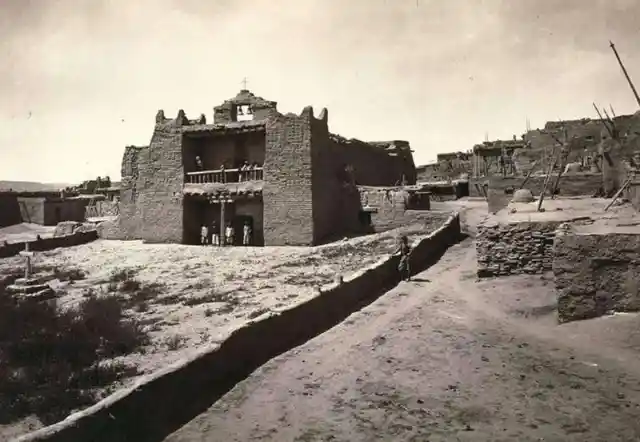
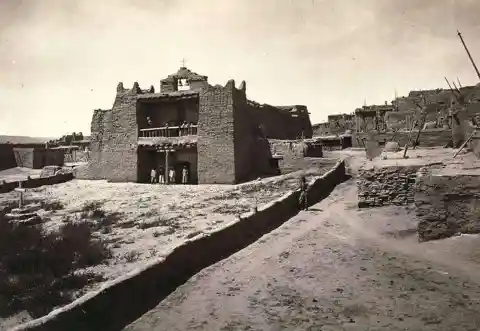
The church is a historic attraction brimming with American history. It has stood for centuries— it survived the Pueblo Revolution and the transfer of ownership from Spain to Mexico and finally to the United States. Franciscan monks even occupied it for a time.
The Hoover Dam Back in the Day
Still standing in Colorado and New Mexico are landmarks that were discovered hundreds of years ago. They include the Wheeler Survey Group’s discoveries of the Rocky Mountain and Southwestern states and the Old Mission Church located in New Mexico. These landmarks, now fragile and decayed, have altered in appearance greatly since their initial discovery due to changing environmental conditions.
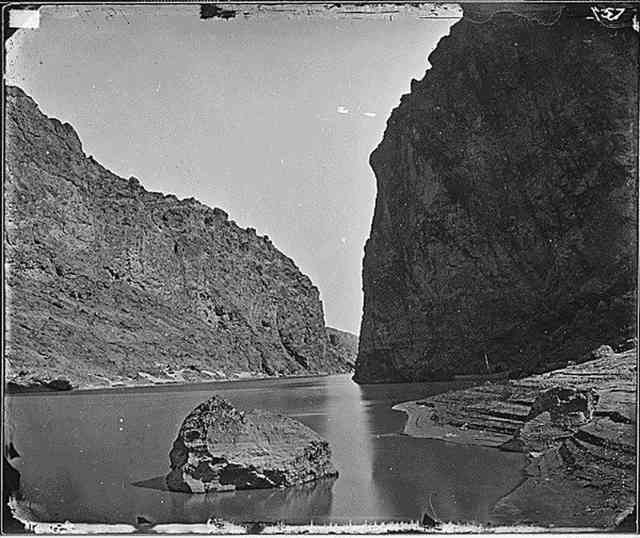
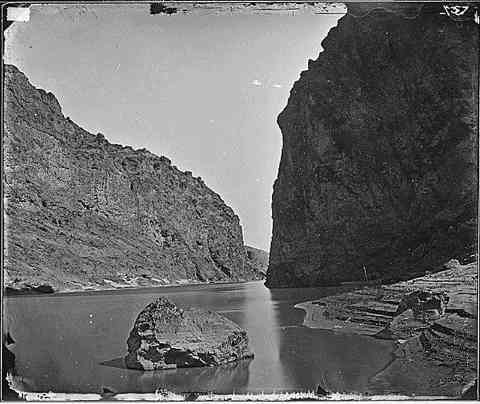
The photo you see above is of a waterfront found along the Hoover Dam back in 1871. Though this area is actually part of the Black Canyon along the Colorado River now, it was an entirely different coastline at that time!